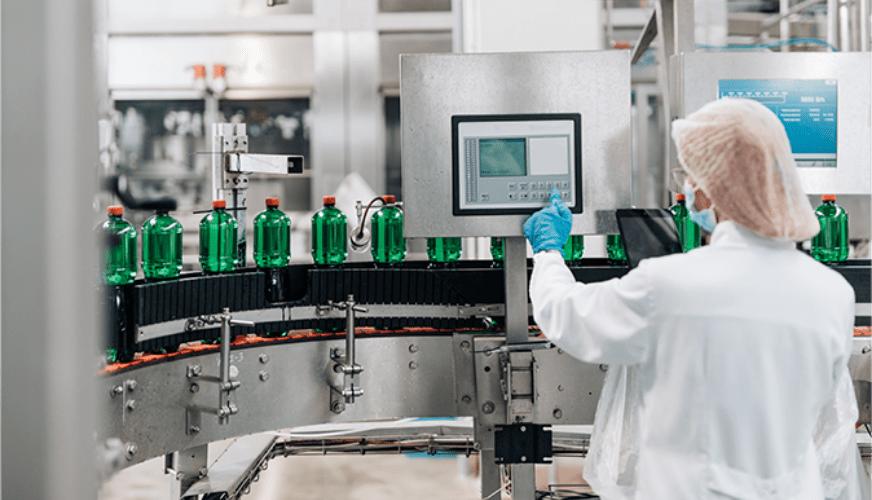Ensure Packaging Safety using AI Tamper Inspection system
- Bhavika Patel
- April 17, 2023
In today’s highly competitive consumer market, ensuring the safety and integrity of products is an absolute must. But have you ever pondered upon the significance of tamper inspection in packaging for consumer brands? Well, buckle up, as we dive deep into the world of packaging security, discuss why tamper inspection is essential, and explore its impact on both brand reputation and customer trust in the global market. We will delve into the critical role that tamper inspection plays in packaging for consumer brands, and how it contributes to building trust and reliability.
What is Tamper Inspection?
Tampering refers to the deliberate or accidental alteration of a product’s packaging, which can compromise its quality, safety, and effectiveness.
Tamper inspection is a crucial process in the packaging industry because it ensures that safety and integrity of the products being packaged meets regulatory requirements. It also helps to maintain the reputation of the brand and prevent potential legal liabilities.
This inspection can be performed at different phases –manufacturing phase, filling and assembling phase, transportation phase, inventory phase. It involves using various techniques and technologies to detect any signs of tampering or damage to packaging, such as broken seals, punctured or torn packaging, or evidence of contamination. Packaging and printing industries have traditionally used manual inspection.
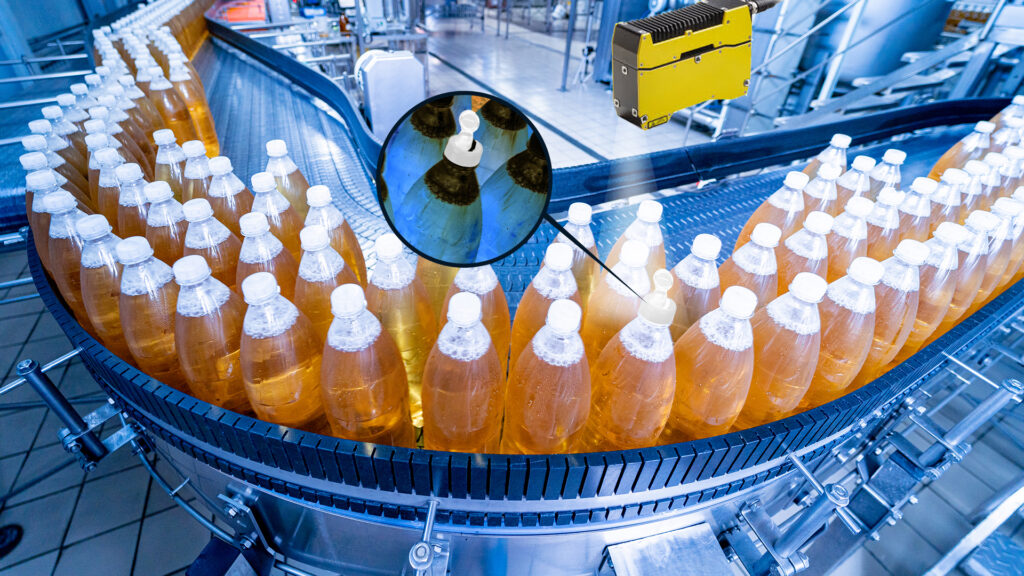
Despite its advantages, this method of quality control does have some limitations.
- Inaccurate Results
- Missed Defects
- No records available
- No Traceability
- Low Inspection rate
To overcome these limitations, most of the industries or warehouses have adopted automatic packaging equipment which come with a benefit of cost savings and efficiencies.
Statistics suggest that the adoption of automation Technologies in warehouses and industries is on the rise and is expected to continue growing in the coming years.
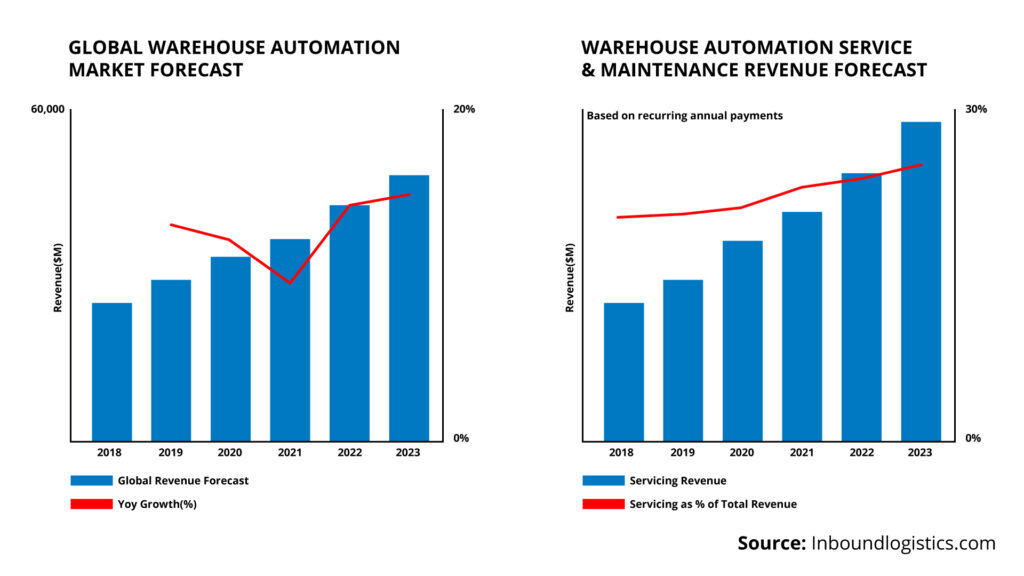
In the assembling & transportation phase, there is always a need for error checking steps in terms of missing safety seals, altered labels, discoloured image, punctured or torn product. One of the popular choices for error-proofing & quality control is AI-based Vision Inspection system. These solutions utilize cameras and image processing algorithms to detect defects and abnormalities in products during the manufacturing process.
How does AI-based vision inspection benefit packaging and printing?
AI-based vision inspection systems can detect unnoticed defects at high speed, which makes them more accurate, consistent, quick, and detailed. Furthermore, machine vision systems perform 100% accurate inspections without fatigue, thereby improving the entire production process quality and speed.
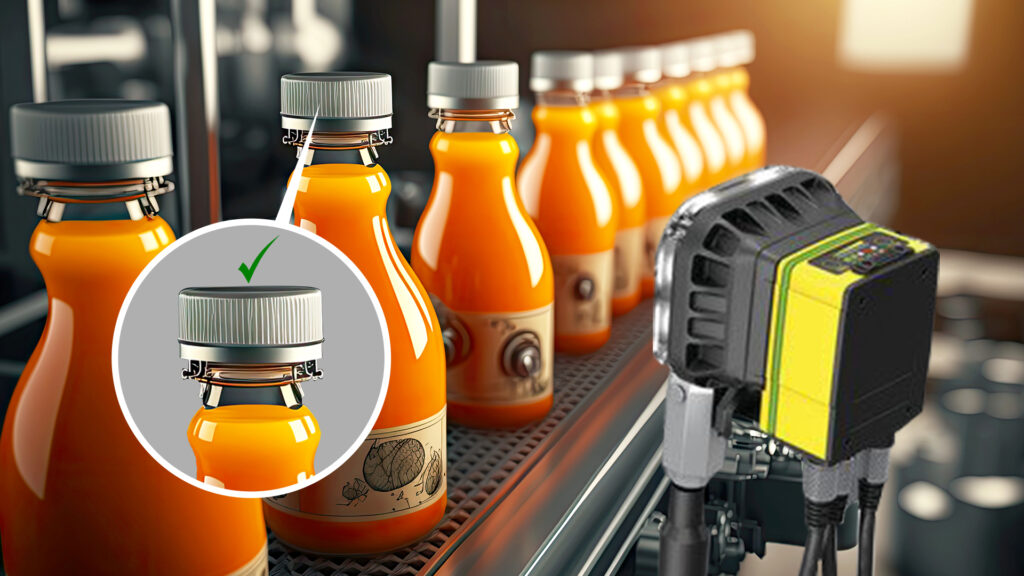
The AI system could be trained for multiple quality criteria for inspection and the follow-up action/alert actions can be configured. Compared to traditional Image comparison techniques, the AI trained model are not sensitive to positional or dimensional parameters, which makes the inspection process more accurate and human-like when it comes to defects variations while decision making.
Some of the major advantages that could drive the adoption of this technology are listed below:
- When compared to human inspection, this method is more accurate and results in zero errors.
- As re-work and product recalls are eliminated, the process is more cost-effective.
- Lower wastage as defects is identified without delays reducing production costs and improving productivity.
- Delivering high-quality products consistently enhances customer satisfaction and improves brand reputation.
- Maximized the efficiency of limited resources by utilizing personnel in other production areas.
Tamper Detection Mechanism
Principle for vision inspection system: Automated Vision systems use image from camera device to inspect products for defects, such as cracks, scratches, incorrect labelling at high speed. The AI model compares the product image with reference images to determine if it meets the required specifications. In case of tampering, the system will detect the location and highlight region with bounding boxes. This high-level inspection process is depicted in the flow chart below (Figure.1)

Figure 1
Structural Similarity Index Matrix (SSIM): In most tamper detection system, the base metrics calculated for finding the defect is SSIM (Structural Similarity Index Matrix). The product image captured will report a higher SSIM value if it matches with reference images.
In real-world applications, SSIM certainly makes an important contribution, but it is not enough.
The SSIM metric basically extracts 3 key features from an image: Luminance, Contrast and Structure. Two images can only be compared using SSIM if they are derived from a single source (image capture), i.e., they must have identical scene content and pixel sizes, though, they may be processed differently. Hence, when it comes to computing images with distorted, blur, noisy, spatial resolution or change in test with source images i.e., regions of low variance and regions of high intensities [brightness, contrast, hue, saturation], SSIM is insensitive and in-stable with the results.
The below table shows the SSIM output of identical image with noise. The test image captured doesn’t give better match result and lower score when compared with the original(reference) image.

Figure 2
The above Challenges could be addressed by integrating SSIM layers to the custom Deep learning networks.

The main difference would be the loss function at feature extraction layers. Rather than just using feature loss (Perceptual loss) function from SSIM layers, one could include loss function and activation function used by pre-trained model to compare between reference image and predicted image at layers just before pooling layers where information is distilled. The latest Deep learning neural network architecture such as YOLO, SSD, Res-net etc are explored for better performance and accuracy.
Principle for Barcode Tamper: Identifying tamper with barcode is a crucial process for ensuring and authenticating the right product, track inventory and regulatory compliance.
AI based vision system could be used to inspect the defects present in printing the Barcode which could include distortion, misrepresentation, misalignment, low image quality (brightness &contrast).AI Algorithm can be trained to detect those anomalies and report it with high speed and precision.
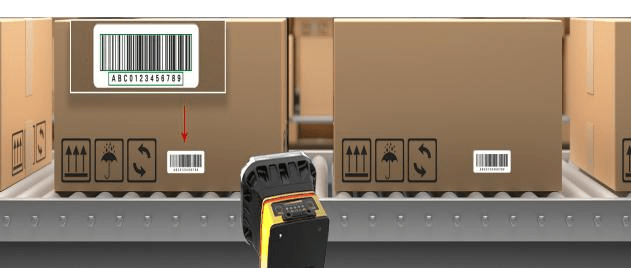
The below figure captures the high-level steps involved in detecting barcode tampering using different AI algorithms.

Barcode detection: AI algorithms is trained to analyse the image of a barcode to detect any changes or inconsistencies in the barcode pattern. This can be done through techniques such as edge detection, feature detection, and image segmentation.
Pattern Matching: AI algorithms will verify the integrity of barcode by comparing decoding data with a reference database to detect any inconsistencies or anomalies.
Authentication: It can be an additional feature to be added to verify the authenticity of the barcode and detect any tampering attempts.
Principle for Measurement Tamper: Measurement tamper detection systems use reference object or 3D imaging technology to measure the dimensions of products.AI model Identifies the product and compares the dimension of the product ensuring that they meet the required specifications.
Reference object method can be used for object measurement. In this method, the system will calculate how many pixels are there per metric (centimetre is used here) for the reference object in the reference image.

Figure 3
AI object detection models or segmentation methods are used to localize the object of interest. Bounding boxes are drawn around each object and calculate its pixels area. Actual dimensions of the objects are then calculated based on the reference metric conversion table.
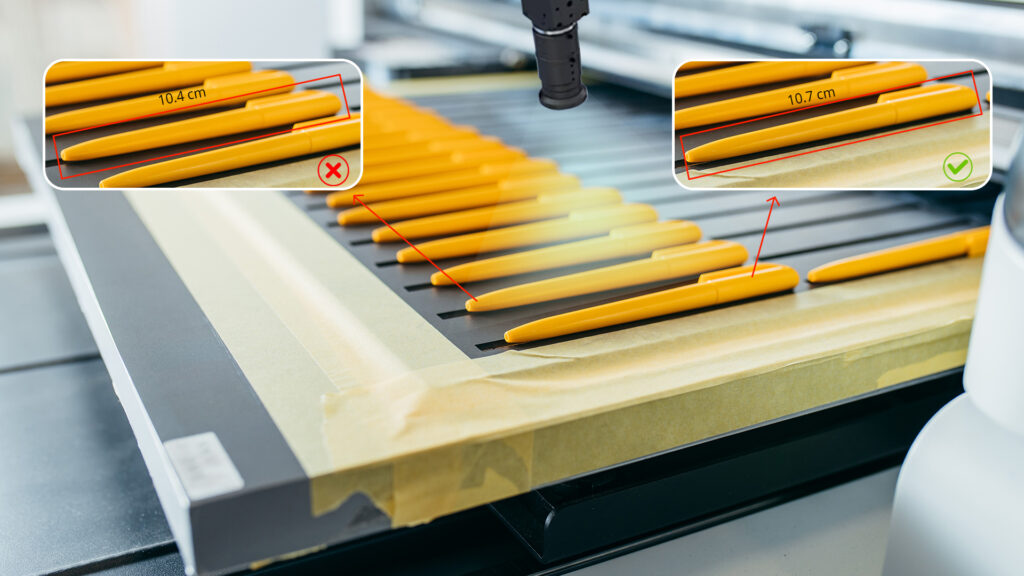
Figure 4
Conclusion
Tamper inspection is an essential part of packaging for consumer brands. It helps to ensure product safety, protect brand reputation, compliance with regulatory requirements, and liability reduction.
By incorporating AI-driven automated inspection and monitoring systems, manufacturers have enhanced their quality control procedures, minimized the likelihood of product defects and errors. This not only boosts customer satisfaction but also elevates overall efficiency and cuts costs linked to recalls and rework. The approach detailed in this blog can be tailored for verifying a variety of tamper and distortion detections in both manufacturing and packaging industries.

